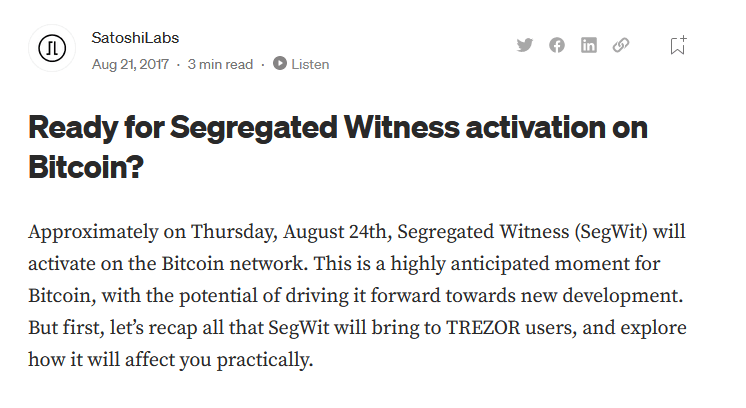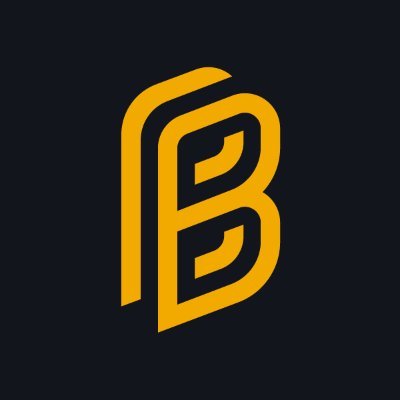Segwit Lock In Day
When was Segwit Lock In Day?
On August 9, 2017, the bitcoin protocol upgrade known as ‘Segwit’ (or ‘Segregated Witness’) ‘locked in’.

This ‘lock in’ meant that bitcoin users could count on being able to make Segwit transactions within a couple of weeks (known as the ‘grace period’ for miners and users to upgrade their software). Once block 481,824 was reached, Segwit would officially ‘activate’.
Read our article on Segwit Activation Day to learn more.

Background to the Lock In
On July 20th, 2017, BIP91 locked in.
BIP91 was the original plan for soft forking Segwit into Bitcoin.
In order for the lock in to occur, a simple majority of miners (by hashing power) needed to signal support for Segwit.
However, a majority of miners did not support Segwit.
If you want to learn more about why, you can check out our article on the New York Agreement.
In order to get around this, BIP148 was introduced as a way to pressure miners into signaling support for Segwit. This movement was dubbed Bitcoin Independence Day.
This effort worked, and miners overwhelmingly began signaling support for Segwit.
Again, you can learn more about how BIP148 pressured miners in our article on the New York Agreement.
The ‘point of no return’ for a Segwit lock in actually occurred on August 8, 2017, which is why you might see that date on other websites as the Segwit lock in date.
This is technically incorrect though.
Why Was Segwit Lock In Day Important
Segwit Lock In Day is important because it marked the day bitcoin users could be certain they were getting the Segwit upgrade.
This upgrade would ultimately allow bitcoin to finally scale using layer two solutions, such as lightning network.
